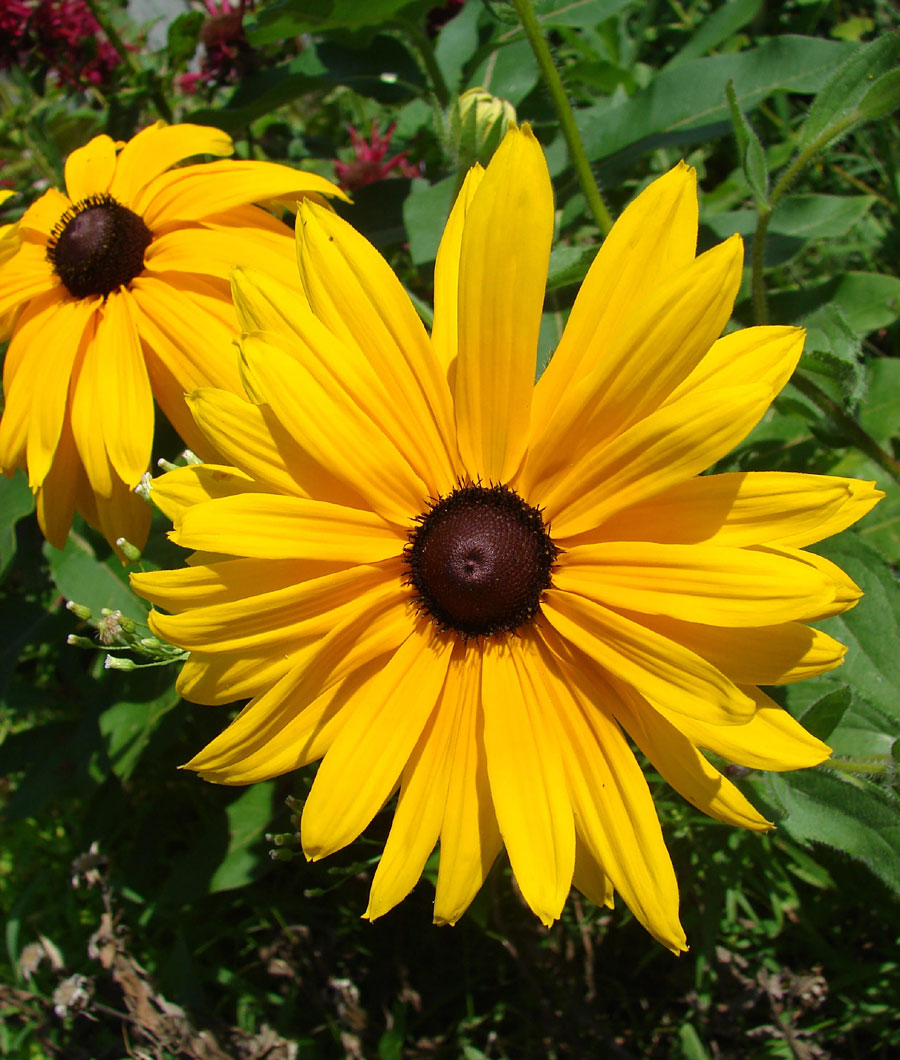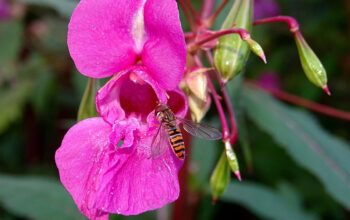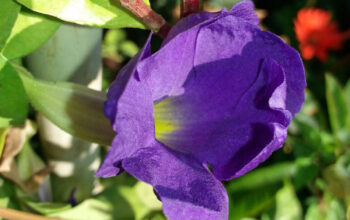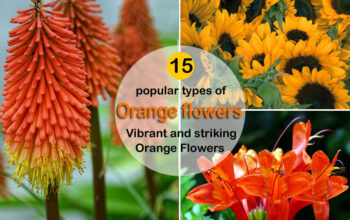Black eyed susan (Rudbeckia hirta)
Black eyed susan (Rudbeckia hirta) are robust and versatile perennials known for their vibrant yellow petals and dark centers. Caring for Black-eyed Susans is relatively straightforward, as these hardy perennials are resilient and low-maintenance. Here’s how to ensure they remain healthy and bloom profusely:
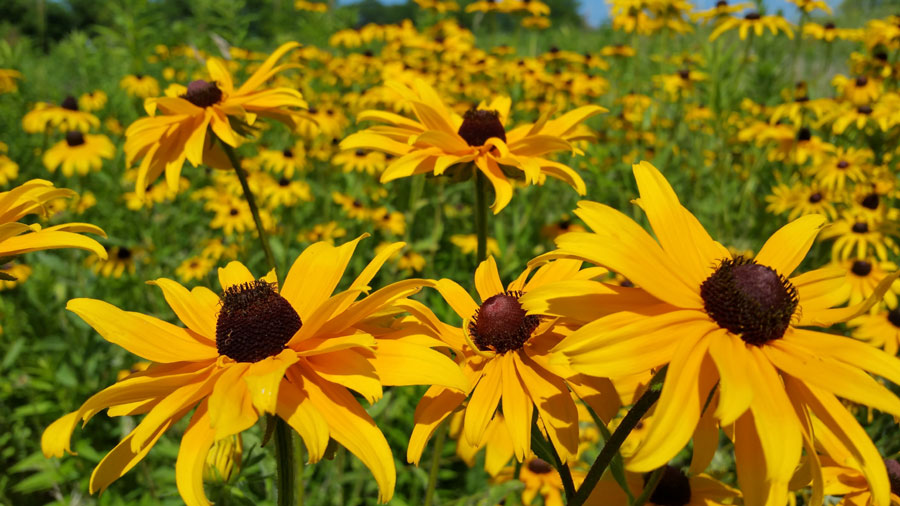
Overview Rudbeckia hirta
Scientific name Rudbeckia hirta
Common name Black-eyed Susan, Gloriosa Daisy, Yellow daisy, English bull’s eye.
plant type Flowering plant
Sun requires Full Sun
Soil Well-drained, Rich soil.
Soil pH pH 6.0 to 7.0
Blooming time June to September
Zone 3-10
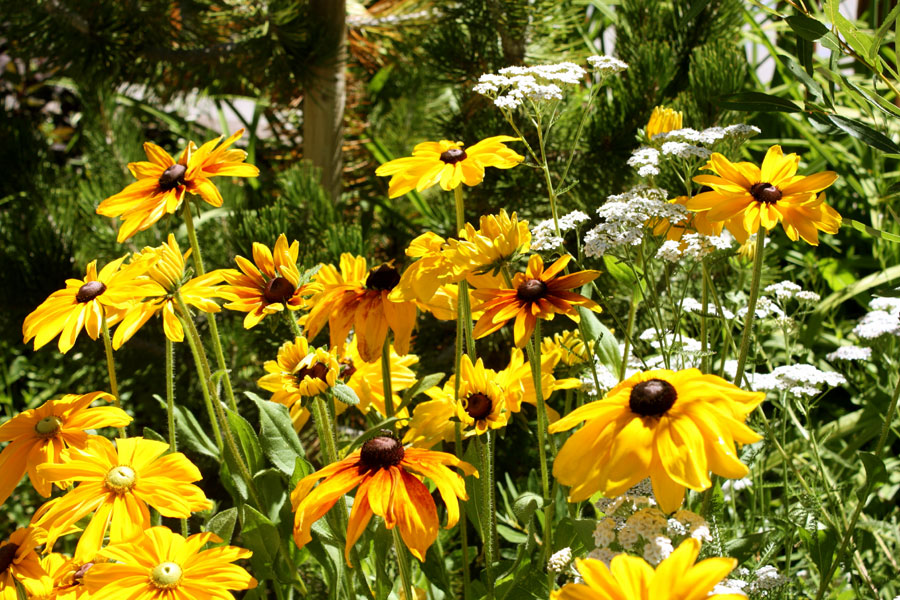
Black eyed susan caring tips
1. Sun Exposure and Soil Requirements:
Black eyed susans thrive in full sun, ideally receiving at least six to eight hours of direct sunlight daily. They are adaptable to various soil types but perform best in well-drained soil rich in organic matter. If soil is heavy or clayey, improve drainage by mixing in compost or sand. Ensure the soil is slightly acidic to neutral (pH 6.0 to 7.0) for optimal growth.
2. Watering Practices:
While these plants are drought-tolerant once established, they require regular watering to establish themselves, especially in the first year. When the top inch of soil is dry, make sure to water the plants generously while being careful not to overwater, as excessively wet soil can cause root rot. Applying a layer of mulch around the plant base can aid in maintaining soil moisture and controlling temperature.
3. Fertilization:
Black-eyed Susans don’t need frequent fertilization. Apply a balanced, all-purpose fertilizer in early spring to support their growth. Over-fertilizing can result in excessive foliage at the expense of blooms, so stick to the recommended amounts and avoid applying fertilizer late in the season.
4. Deadheading and Pruning:
Regular deadheading—removing spent flowers—encourages the plant to produce more blooms and prevents it from self-seeding too aggressively. In late fall or early spring, cut back the plant to remove dead or damaged stems and promote a tidy appearance. This also prepares the plant for a vigorous new growing season.
5. Pest and Disease Management:
Black-eyed Susans are relatively pest-resistant, but be vigilant for aphids or powdery mildew. Ensuring good air circulation around the plants and avoiding overhead watering can reduce the risk of these issues. Treat any infestations promptly with appropriate methods, such as insecticidal soap for aphids.
6. Winter Care:
In colder regions, protect the plants by mulching around the base to insulate the roots. This layer of mulch helps shield the plants from extreme temperatures and frost.
With these care tips, your Black-eyed Susans will continue to enhance your garden with their cheerful blooms year after year.
Happy gardening
For pin:

